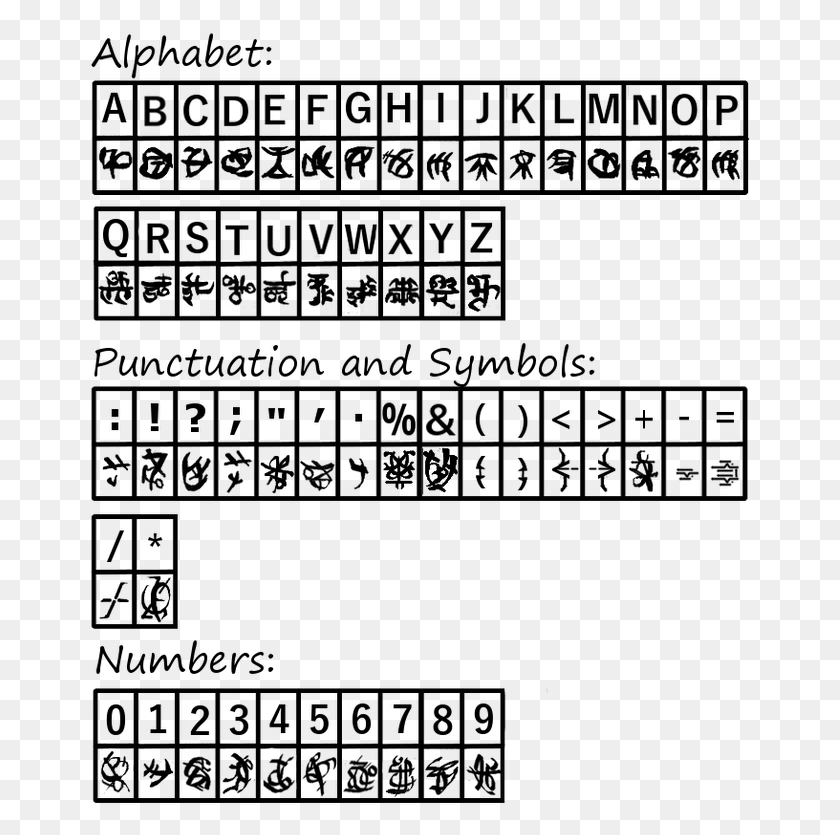
As the length of German and English sentence pairs can vary significantly, the sorting is by the sentences’ combined and individual lengths. Finally, the sorted pairs are loaded as batches. For Transformers, the input sequence lengths are padded to fixed length for both German and English sentences in the pair, together with location based masks. For our model, we train on an input of German sentences to output English sentences. The Messenger Rules for European Facebook Pages Are Changing. The Five P’s of successful chatbots Vocabularyįacebook acquires Kustomer: an end for chatbots businesses?Ĥ. The vocabulary indexing is based on the frequency of words, though numbers 0 to 3 are reserved for special tokens: We use the spacy python package for vocabulary encoding. Uncommon words that appear less than 2 times in the dataset are denoted with the token.

Note that inside of the Transformer structure, the input encoding, which is by frequency indices, passes through the nn.Embedding layer to be converted into the actual nn.Transformer dimension. Note that this embedding mapping is per word based. From our input sentence of 10 German words, we get tensors of length 10 where each position is the embedding of the word. Positional EncodingĬompared to RNNs, Transformers are different in requiring positional encoding.




 0 kommentar(er)
0 kommentar(er)
